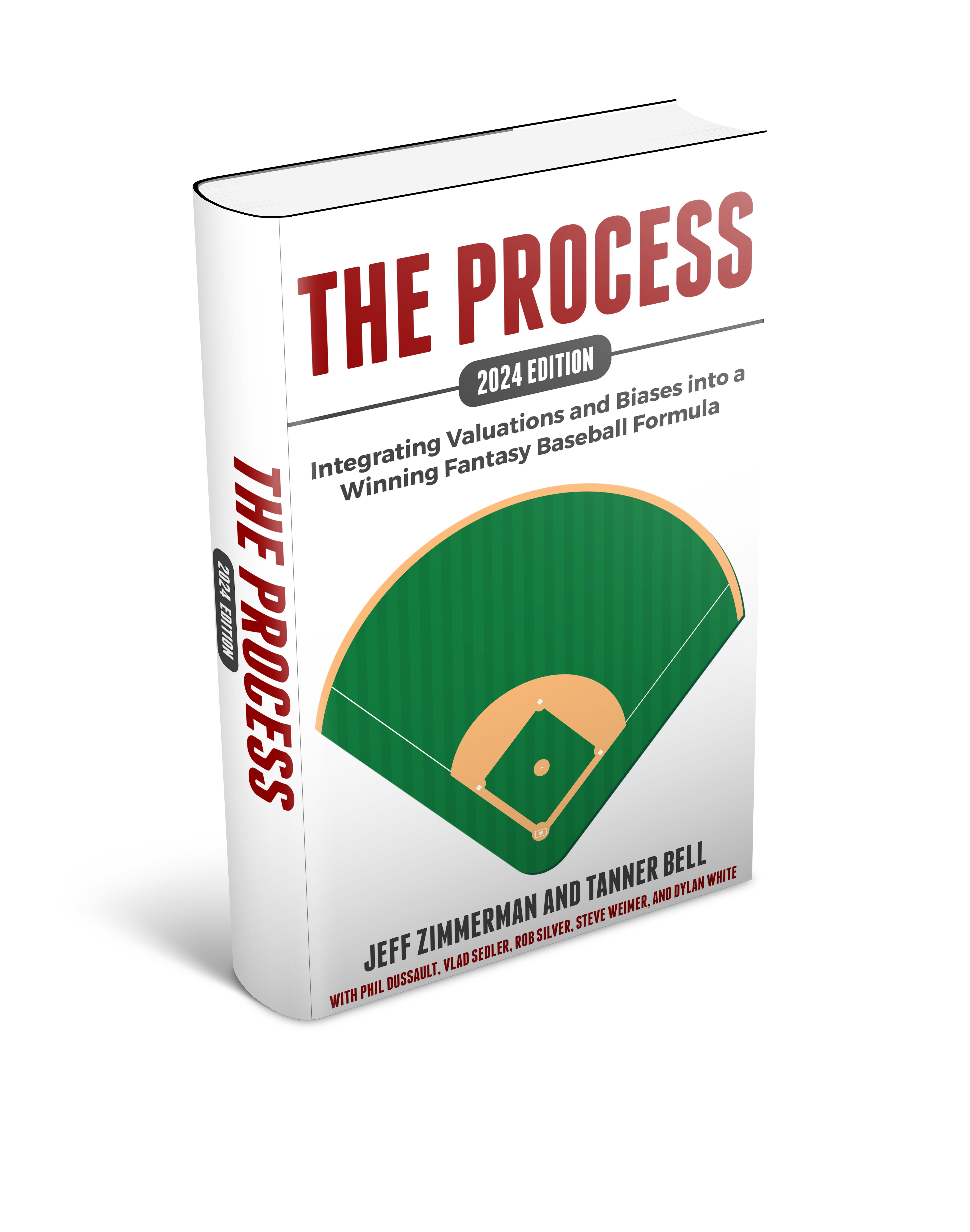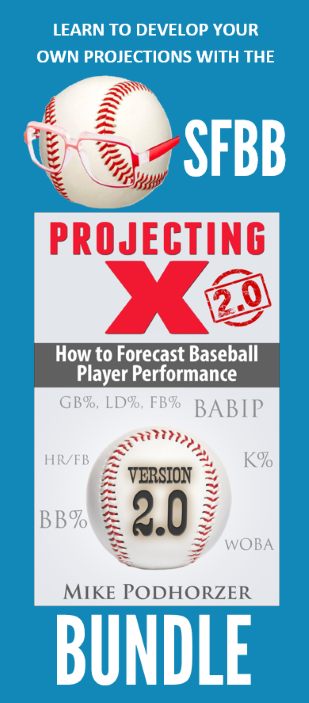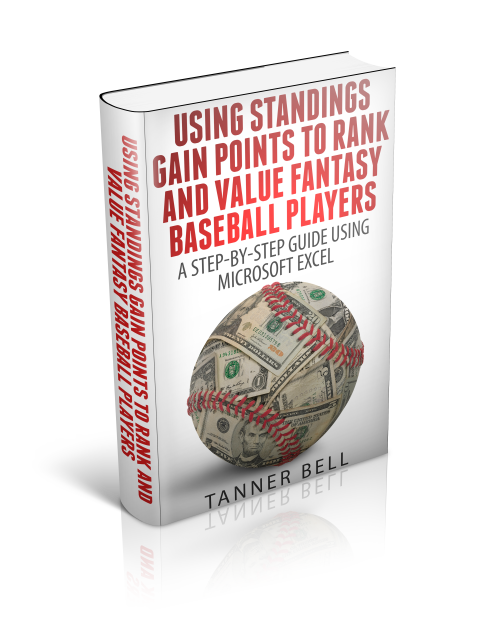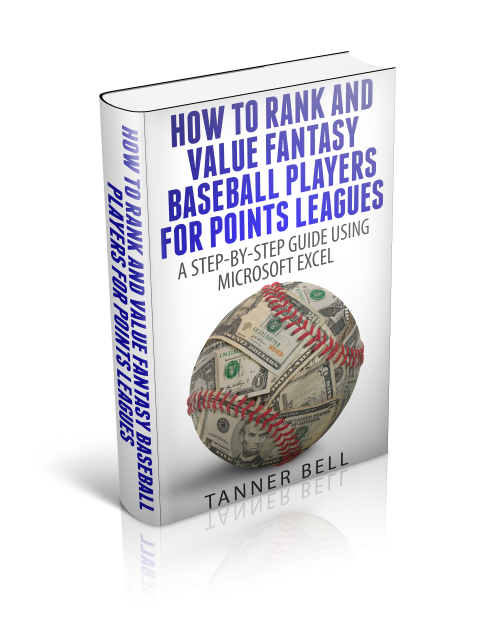What’s done is done. April, May, June, and July are behind us and we’re heading into the stretch run. If you’re still able to make trades in your league, here’s a strategy you can employ to squeeze a little extra out of a deal or to get a player at a discount.
Leagues are going to be decided by what happens over these last two months. Today’s standings are based upon the past, but they will only change due to the statistics that will be earned going forward.
So as we stand here today, we only care about the future. This sounds obvious. You know this. I know this. But many owners are unduly influenced by the past, by year-to-date statistics. It’s impossible to avoid a player’s accumulated season-long statistics. Visit player X’s profile page online or watch their game on TV and you’re bombarded with graphics showing they have 23 HR, 72 RBI, and 8 SB.
There’s an opportunity here.
PAST PERFORMANCE IS NOT INDICATIVE OF FUTURE RESULTS
That player with 23 HR, 72 RBI, and 8 SB could very easily be less productive down the stretch than a player that currently has 8 HR, 27 RBI, and 2 SB. There are players out there that have depressed counting statistics at this point in the season. Maybe they were injured. Maybe they have underperformed. Or maybe they weren’t in the Major Leagues all season.
This is an opportunity for arbitrage. It’s about finding your own 23 HR-72 RBI guys (especially if you smell a decline coming) and swapping them for other teams’ 8 HR-27 RBI guys.
What To Look For?
If you have a tradeable commodity, a player with impressive accumulated statistics, target players that are due, or are already experiencing, increased opportunity. Additional opportunity can come in many shapes and forms. It can come from being injured early in the season and now playing regularly. Or being a bench player early in the year and being pushed into a starting role due to injuries. Moving to a more valuable spot in the lineup. Being traded to a more productive lineup. Being called up from the minor leagues.
It is this opportunity you should be looking for. Skills remain relatively constant. But opportunity can change significantly in a short period of time.
On draft day, players thrust into starting roles see their value sky rocket. They’re termed sleepers. Everyone in the league battles for them. When the same thing happens in mid-August, many managers won’t notice. And if they do, they won’t react in the same rabid manner.
Give Me Names
Here are some examples of players that will have strong opportunities to play the rest of the 2013 season and have depressed counting statistics for some reason (due to injury or being called up during the year). If you offer up player(s) that have been healthy and played all season in exchange for players like those from the list below, the perceived difference in counting statistics may allow you to earn a slight “discount”.
- Aaron Hill
- Brett Lawrie
- Jason Heyward
- Curtis Granderson
- Giancarlo Stanton
- Carl Crawford
- Brad Miller
- Bryce Harper
- Austin Jackson
- Nick Franklin
- Wil Myers
- Jonathan Villar
A Real Example
You’ll have to determine your team’s needs. But look at the potential trade below. To this point in the season, Leonys Martin has stolen 27 bases, good for 10th best in the major leagues. Jonathan Villar has only been in the major leagues since July 22nd and stolen 11 already.
Granted, Villar could hit .200 and be sent back to the minors in a few weeks. But you should easily be able to trade a Leonys Martin for a Jonathan Villar AND get something else. Heck, you could get something significant and Villar might be a throw in. If you’re trying to gain ground in the standings, this is the type of risk you need to take on.
Don’t Fall Victim
So what can you do if you’re offered a trade like this? How can you properly evaluate the offer?
The answer is to be forward looking. Consider completely ignoring the statistics accumulated to this point and use one of the free and reliable rest-of-season projection systems that are available. These are updated each day and give you only the projected stats for each player going forward.
- Steamer Hitter ROS Projections
- Steamer Pitcher ROS Projections
- Zips Hitter ROS Projections
- Zips Pitcher ROS Projections
- Razzball Hitter ROS Projections
- Razzball Pitcher ROS Projections
Conclusion
This won’t always work. A skilled manager might be as disciplined and forward looking as you. But many managers can’t help but be overly influenced by the past. If you can combine the tactic above with other strategies to engineer a trade, you’ll be well on your way to pulling off a deal that can help you down the stretch.
Make smart choices.







